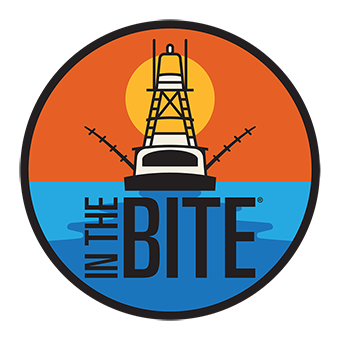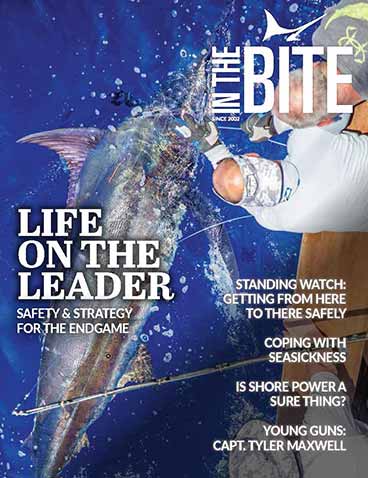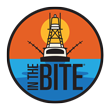Sargassum and Dolphin Research
Cooperative Science Services, LLC Dolphin Research Program March 2016 Newsletter Sargassum Relation to Dolphinfish Blue water fishermen view a line or mat of Sargassum as an oasis for fish in the vast sameness of the open ocean. Seasoned offshore fishermen know that dolphin love Sargassum, the floating brown macroalgae that occur in warm








